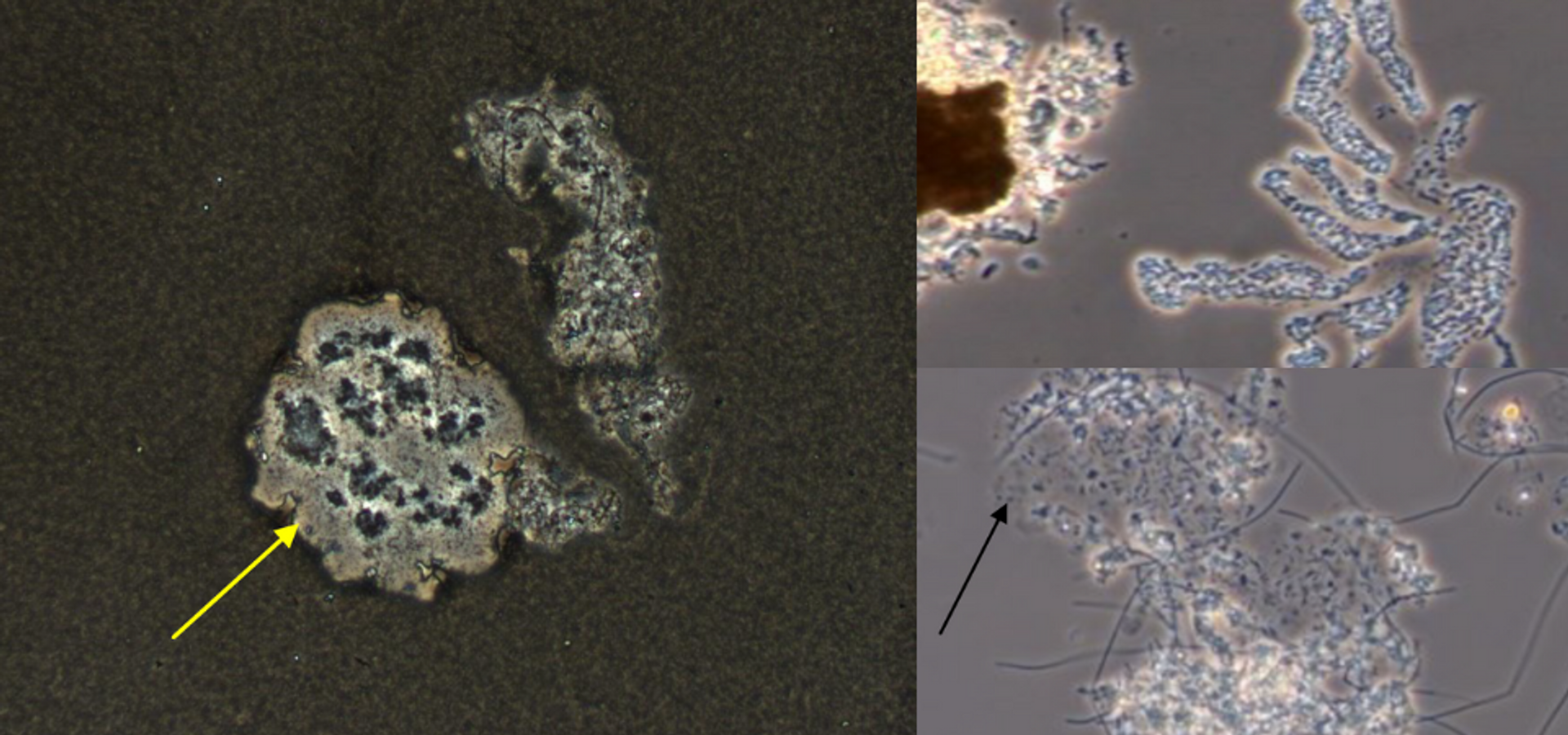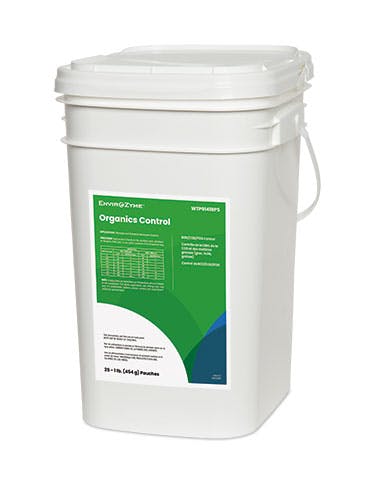
The Relation Between EPS and Viscous Bulking
Water is one of the most valuable natural resources, and biological wastewater treatment plays an important role in improving water quality. In plants that utilize activated sludge, microorganisms produce extracellular polymeric substances (EPS) that play a definite part in sludge flocculation, but what happens when there is too much EPS? Treatment plants tend to face poor sludge settling due to viscous bulking. Continue reading to learn more.
Extracellular Polymeric Substances
Biofilm formation is a survival strategy commonly employed by bacteria that want to be protected from adverse environmental factors and immune responses. All biofilms, whether they are suspended or attached, contain EPS. This natural biopolymer is part of the material that holds together to form floc and also protects bacteria from toxins, concentrates food sources in low food conditions, and allows for the cohesion of bacteria which enables and can improve settling. EPS is primarily comprised of high molecular weight secretions of microbes that include substances such as polysaccharides, proteins, nucleic acids, humic substances, and lipids. These can be very complex and there are many variations in the composition.
EPS presence is referred to as either “tightly bound” or “loosely bound”. Tightly bound EPS (TB-EPS) is associated close to the cell, has consistent properties, and is always produced at the same amount, whereas loosely bound EPS (LB-EPS) can vary in abundance and composition. TB-EPS protects against toxins, prevents desiccation, attaches to surfaces, and performs symbiosis. Some bacteria can use TB-EPS as energy or a carbon source during times of low substrate or macronutrients. LB-EPS has a greater affinity to bind organic materials than TB-EPS and is very important in building floc.
Cause of Viscous Bulking
Problems start to arise when the EPS content exceeds 20% of the indigenous biomass. Viscous bulking is caused by the biomass producing excessive amounts of EPS. One cause of viscous bulking is associated with TB-EPS growth in the presence of readily degradable substrates. TB-EPS is commonly found with Zoogloea, one of the first microorganisms studied for its flocing characteristics and one of the most well-known producers of EPS in wastewater. Zoogloea has been such a problem for some breweries that high chemical polymer addition is common along with heavy wasting. Plants that experience Zoogloea will typically see it regularly or during high organic loadings (seasonal operations).

Another cause of viscous bulking is called encapsulation. Under nutrient-starved or stressed conditions, many bacteria will partially metabolize BOD and store it as a carbohydrate matrix around the cell structure. Temperature, toxins, and F/M fluctuations may also contribute to excessive EPS. Excess EPS can entrap water and form a gel-like floc that is easily suspended by water currents. The suspended floc causes problems with polymer demand, increases water in wasted sludge, and is problematic when maintaining a permit. EPS can also have an abnormal charge density that changed polymer demand. Viscous bulking is also caused by a nutrient deficiency or by high FOG, toxic compounds, or high levels of soluble organics, like alcohols or sugars.

Testing for Viscous Bulking
There are a few ways to determine the concentration of EPS. Historically, it has been done by performing a reverse India ink stain. Early procedures required the same volume of sample to match the same volume of ink, otherwise, the test was not valid. Since then, many have added the ink to the side of a coverslip and allowed the ink to slowly penetrate the sample. The observer places the slide under a phase contrast microscope using a 10x phase objective. The amount of bright white relates to the areas that the ink will not penetrate and typically indicates EPS. However, this method will not differentiate between loosely bound or tightly bound.

To identify TB-EPS versus LB-EPS, EPS concentration levels, and other potential wastewater system issues, EnviroZyme brings together the best biologists, researchers, and engineers to diagnose issues and provide treatment recommendations. The team tests wastewater samples for microscopic bacterial concerns and suggests treatments to prevent and resolve issues.
Our Microscopic Analysis service includes an in-depth look into the health and efficiency of water and resource recovery facilities by examining their biomass and processes that aid in the creation of clean effluent. More specifically, we examine four key elements:
- Size, shape, and density of floc
- Abundance and type of filament
- The presence of higher life forms
- Bulk water to ensure it is without excessive inert material or free bacteria
Our team will provide a full system analysis, diagnostics, and recommendations, which may include certain process functions, equipment, and specific products. For more information or to submit a sample, please fill out the form below.
Organics Control
Once floc exhibits viscous bulking, it does not go back to normal under wastewater system conditions. When choosing an EPS extraction method, a balance must be struck between being aggressive enough to liberate the LB-EPS, but gentle enough to leave intact the TB-EPS. Overly aggressive methods risk lysing cells and overestimating the EPS quantities.
It is suggested to add nutrients and microbes which work within the existing biomass to control the excessive EPS production and restore the system to normal efficiency. Organics Control can be used for general, all-purpose organics reduction in most types of industrial and municipal wastewater systems.
